
Character Over Completion
I work like a mad scientist. When I am working on a writing project I am all in —…
February 8, 2016
I work like a mad scientist. When I am working on a writing project I am all in —…
February 8, 2016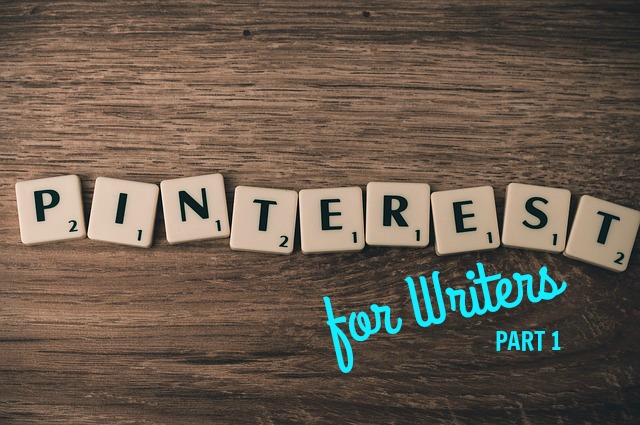
Pinterest for Writers – Part 1 If you’ve heard about Pinterest and think it’s only for women or crafters,…
February 6, 2016
One of these things is not like the other. One of these things just doesn’t belong . . .…
February 2, 2016
Christian nonfiction writers receive all the credit for being the biblical and spiritual teachers. If we want to learn…
January 20, 2016
More is caught than taught. This truism haunted me as I raised three impressionable children. Now it inspires me as…
January 19, 2016
How to Drive an Editor Crazy, Part 2 By Lori Hatcher I’m a magazine editor. Every day I receive…
January 18, 2016
I’ve found the writing path to be the journey of a lifetime. At times it’s fraught with discovery and…
January 11, 2016
Welcome to 2016! I hope you’ve already begun your writing journey by creating a scene, outlining the bones of…
January 10, 2016
The English language has many confusing words because of all of those homonyms and synonyms (don’t even get me…
January 9, 2016
We’re familiar with a brand as it relates to corporations. When we think of Coke, McDonalds, and Nike these…
December 17, 2015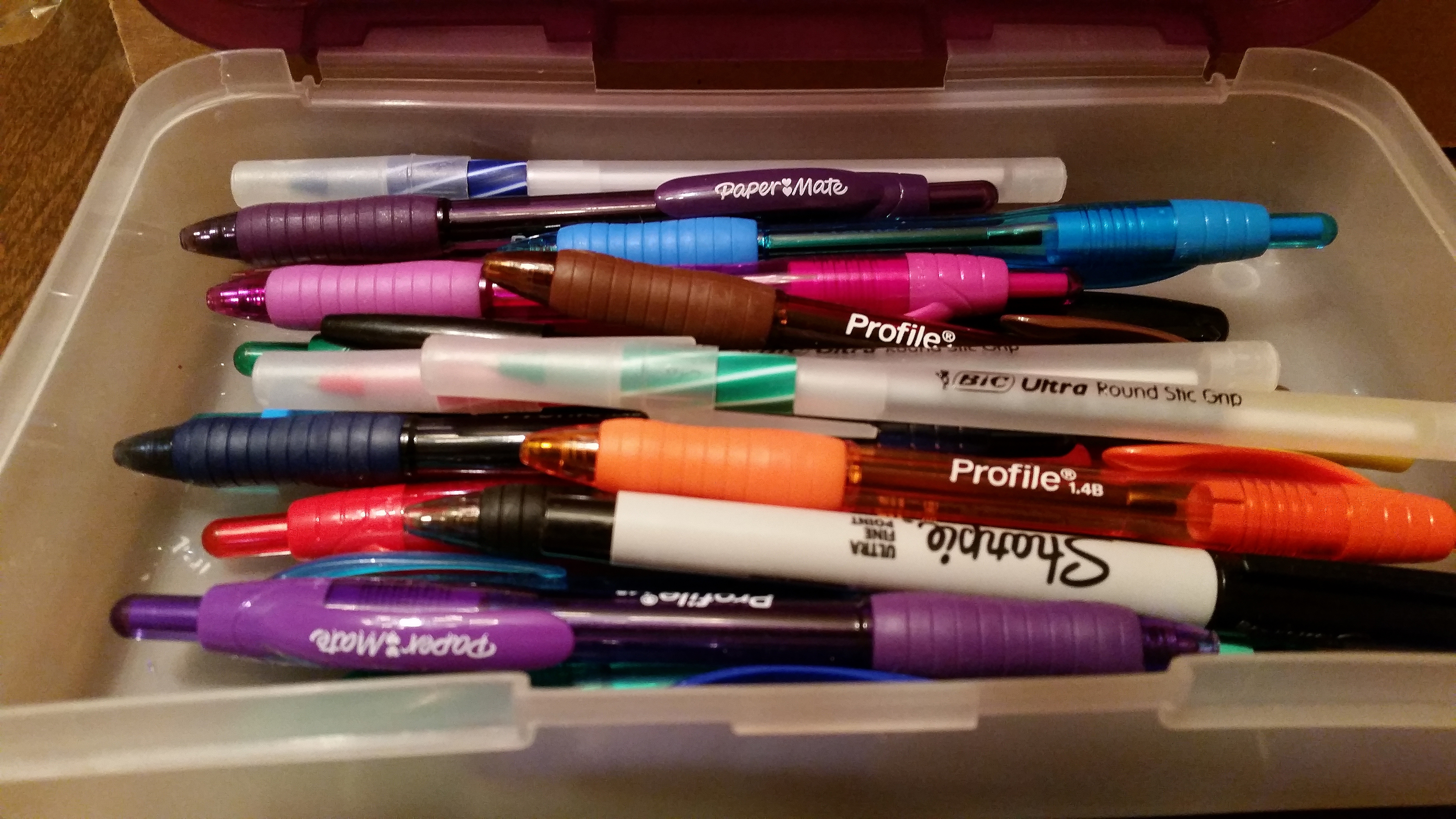
This time, we’ll look at Character Struggles, and how they help make unforgettable fiction. Here’s a great way to…
December 15, 2015
I’m a firm believer in being efficient. Why waste time when a little planning can make such a positive…
December 10, 2015
A fellow wordsmith recently shared his method for writing a novel. I was so intrigued by his straightforward process,…
November 23, 2015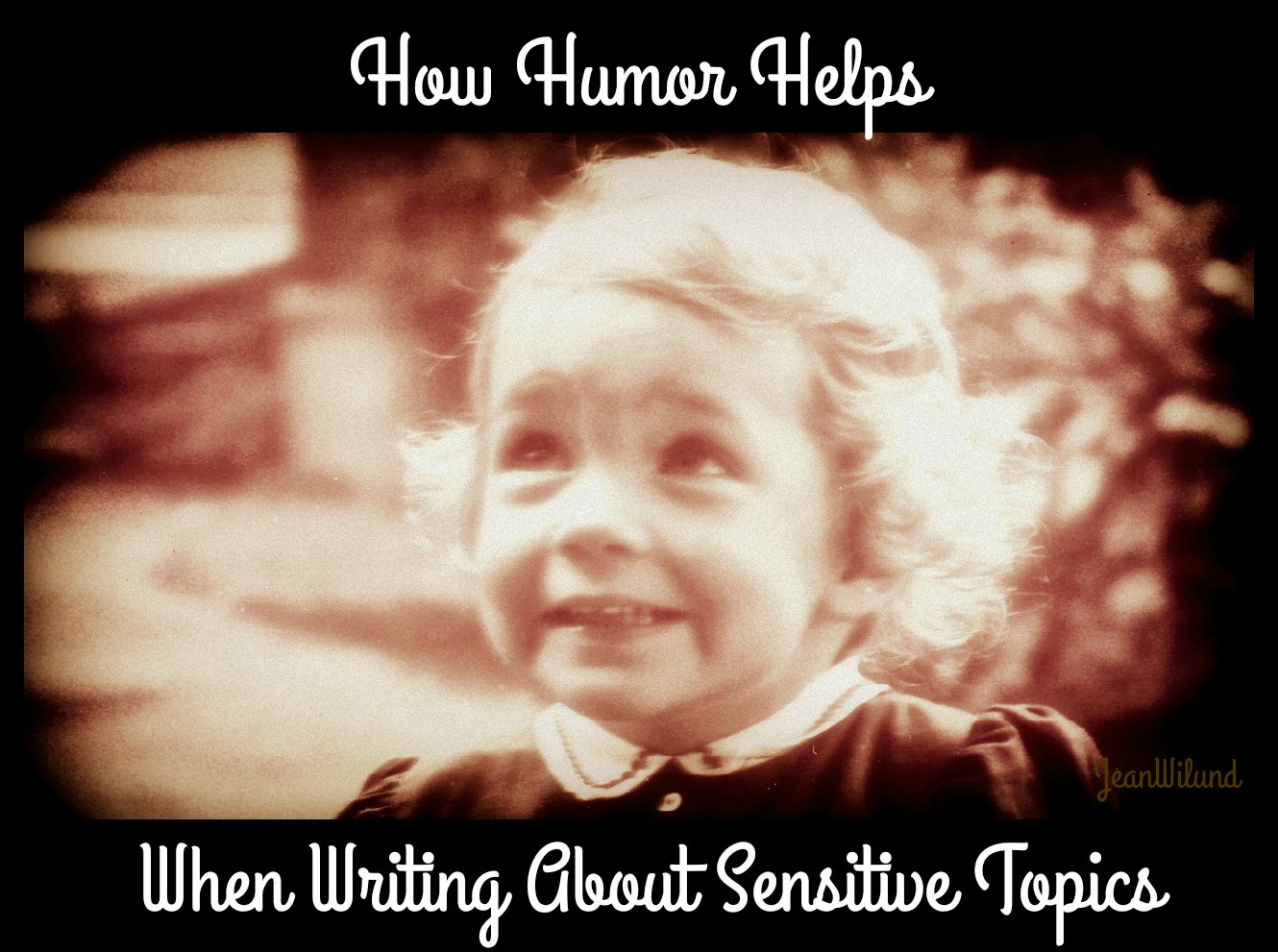
At first glance, making people laugh when addressing a sensitive topic seems absurd, maybe even callous. But then again, a little…
November 18, 2015
As a writer, I’ve come to realize the value—and the elusiveness—of writing ideas. They come and go like beautiful…
November 4, 2015
We all know the value of saving for the future. The truth is that’s not just good financial advice—it’s…
October 7, 2015
If you are a born again follower of Christ then you have been given a spiritual gift or gifts.…
October 3, 2015
by Alycia W. Morales When I started reading the Divergent series by Veronica Roth, friends were conflicted over the…
September 25, 2015
“Great travel writing consists of equal parts curiosity, vulnerability and vocabulary. It is not a terrain for know-it-alls or…
September 22, 2015
What’s wrong with this sentence? Me and Cam finished the Army Ten-Miler. Me should be I, right? Easy. Most…
September 18, 2015
When I first heard the phrase, “Query letter” I was confused and embarrassed. I did not know what a…
September 18, 2015
As a Christian writer I imagine you are like me and are driven with an overwhelming conviction and fire…
September 12, 2015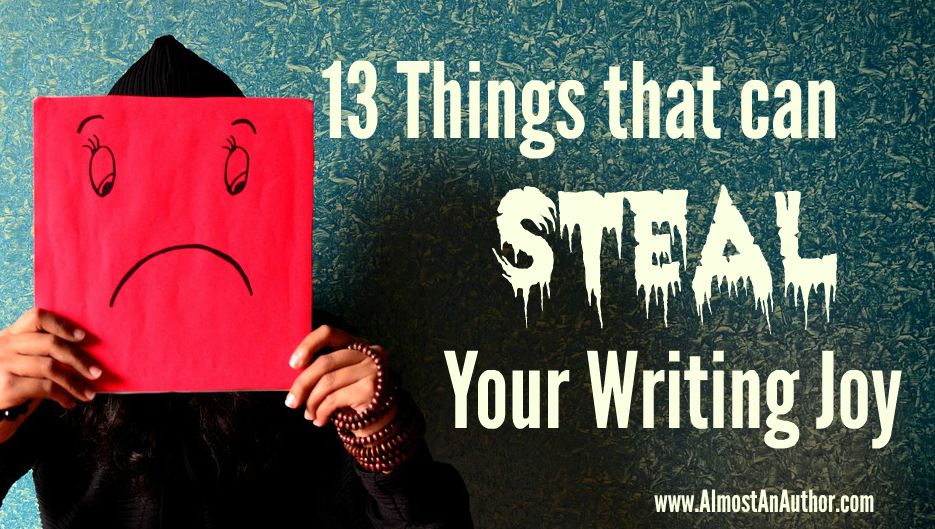
Writers have a love/hate relationship with putting words on paper. Sometimes it’s difficult because of the process. Other times…
September 8, 2015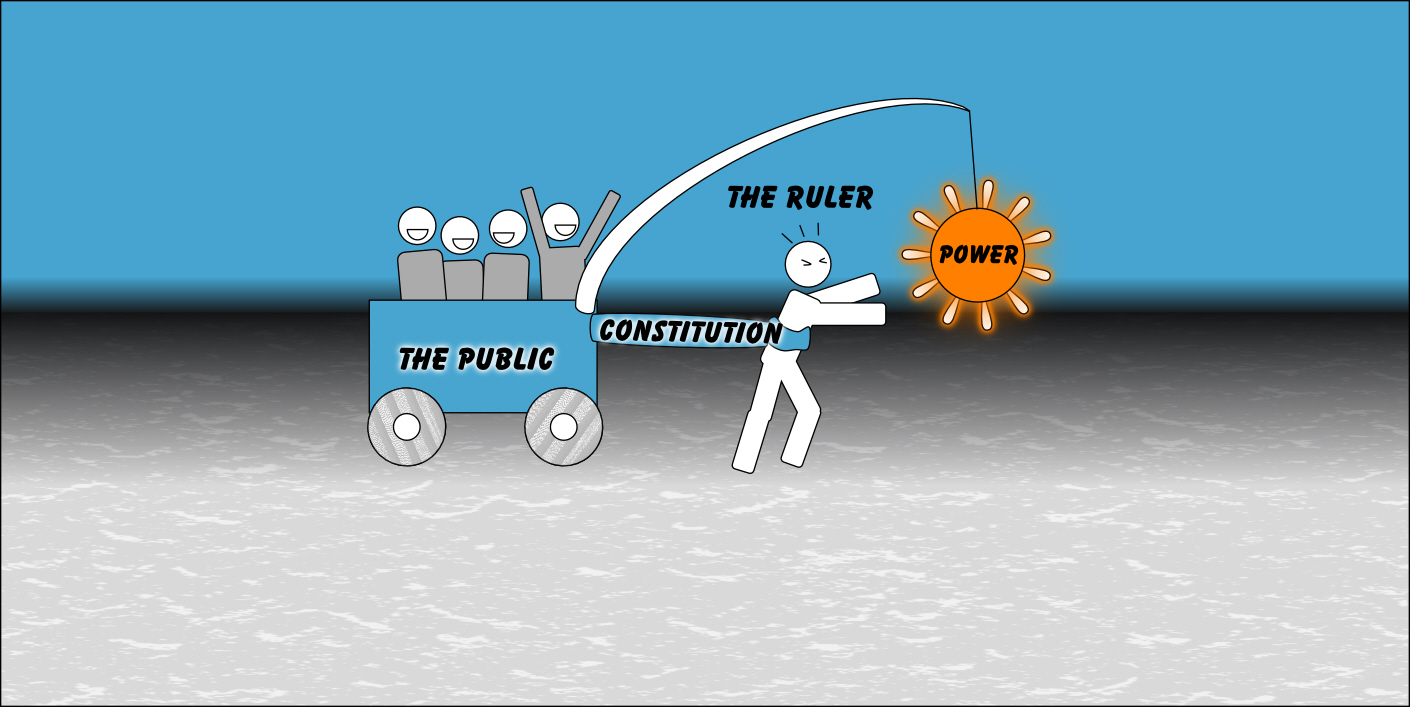
The people in your world need governance. I’m sorry. I wish I could make it untrue, but a believable…
September 5, 2015
As writers, we do many things to capture what drives our characters. We’ll complete questionnaires detailing their likes and…
September 4, 2015